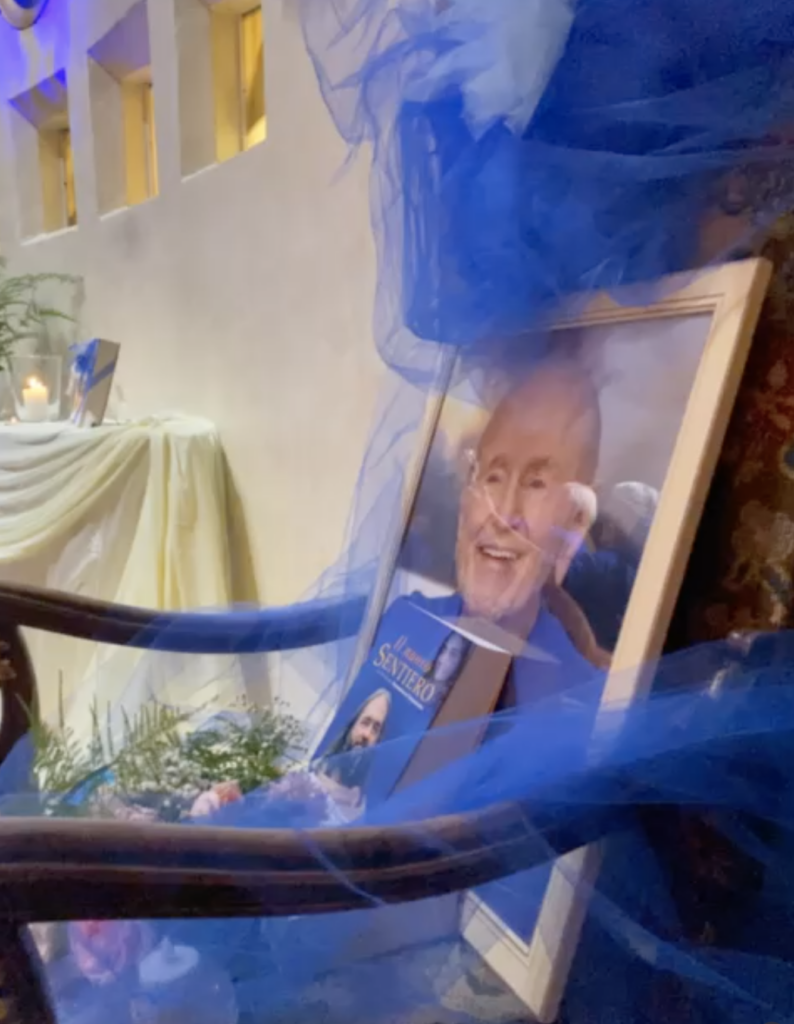Walking The New Path
“I want to be your disciple.” Seventy-five years ago, on September 12, 1948, a young man knelt before Paramhansa Yogananda, and with intense yearning spoke these words. It was the beginning of a journey that changed his life, and by extension our life, and the lives of millions of others throughout the world.
For the young aspirant was Swami Kriyananda (then James Donald Walters), and the Master accepted him as a disciple at that first meeting. Swamiji went on to serve Yoganandaji’s mission—sharing his teachings, spirit, love, and joy—for the remainder of his life until his passing in 2013.
One of Swamiji’s most inspiring and powerful means of sharing with others was through his book, The New Path. Though autobiographical in form, the book’s main purpose is to show Yogananda’s spiritual greatness, and how he guided his disciples towards union with God.
Here are the opening words of the first chapter:
There are times when a human being, though perhaps not remarkable in himself, encounters some extraordinary person or event that infuses his life with great meaning. My own life was blessed with such an encounter more than sixty years ago, in 1948.
Had anyone suggested to me prior to that meeting that so much radiance, dynamic joy, unaffected humility, and love might be found in a single human being, I would have replied—though perhaps with a sigh of regret—that such perfection is not attainable by man. And had anyone suggested to me, further, that divine miracles have occurred in this scientific age, I would have laughed outright. For in those days, proud as I was in my intellectual, twentieth-century “wisdom,” I mocked even the miracles of the Bible.
No longer. I have seen things that made a mockery of mockery itself. I know now from personal experience that divine wonders do occur on earth. And I believe that the time is approaching when countless men and women will no more think of doubting God than they doubt the air they breathe.
At Ananda Assisi, we recently celebrated the tenth anniversary of the Italian edition, Il Nuovo Sentiero. That evening Jyotish and I spoke about the book’s creation and its lasting spiritual impact. When Swamiji was writing it, he would often invite Ananda Village residents over to hear him read each new chapter, fresh from the typewriter. If, however, we were expecting just to listen to him passively, we soon learned that Swamiji had another idea in mind.
After he’d finished reading, he would ask us, “What do you think? Do you have any comments or suggestions?”
At first, new devotees that we were, no one had the audacity to venture a reply. But Swamiji wanted our input, so he pressed on until someone raised their hand and a discussion began. In part, I believe, it was to see if what he had written was clear to the reader.
There was something more, however. Swamiji knew that it wasn’t enough for us just to hear spiritual teachings passively: we needed to think and talk about them, question them, and make them our own.
What Master brought to the world at this time is a new and dynamic expression of religion. To grow spiritually, more is needed of us than merely going to church and listening to a minister deliver a sermon. We must embark upon the journey ourselves, and do our utmost to understand the teachings and to live them.

Jyotish shared an interesting insight the evening of the celebration in Assisi. Swamiji’s first two major literary works were The Art and Science of Raja Yoga and The New Path. The first is a handbook on the philosophy and techniques of yoga and meditation; the second is a handbook on discipleship.
These two themes are an expression of the opening sentence of Yoganandaji’s Autobiography of a Yogi: “The characteristic features of Indian culture have long been a search for ultimate verities and the concomitant disciple-guru relationship.”
This is the legacy of Swamiji’s life: the search for truth and attunement with the guru. He showed us how to walk “the new path” ourselves and inspired us to share its blessings with all.
With deep gratitude for the Great Ones who show us the way,
Nayaswami Devi